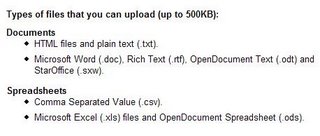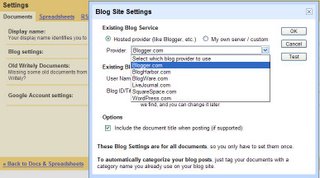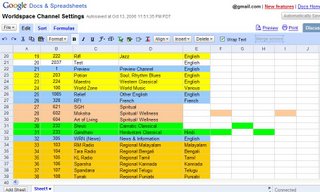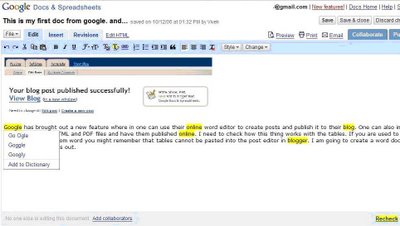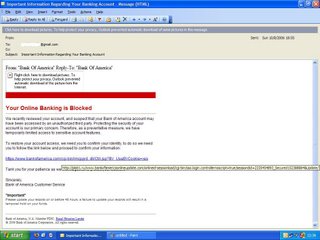Tagline: How little things can make a big difference
I was looking forward to reading books by Malcolm Gladwell and finally got my hands on The Tipping Point. It is not a very big book and I managed to finish it in three days, reading only in my free time. Most of you might be aware that The Tipping Point is popular bestseller and a highly appreciated book. I am glad I was able to take time off to read this one.
 About the Author
About the AuthorMalcolm Gladwell covered business, science and medicine for the Washington Post before becoming the New York City bureau chief. Currently he is a staff writer for the New Yorker. He has also authored another popular book by name Blink
The Tipping Point
The Tipping Point is a book in which the author tries to explain why certain things happen the way they do. In the numerous examples that he explores, he shows that for a big-time change to occur, very minor change (involving the right set of numbers) tends to be the cause. For example, Fashion changes regularly and lots of trends become a craze with the masses which the author calls social epidemics. This book analyses such fashion trends and how they came out of nowhere to become a social epidemic. In addition, it gives a general basis for why and how such things occur and the key players in the process.
The author incorporates data from a number of research reports by various professionals to provide a solid basis for his analysis model and with seemingly flawless knack for generalization uses the same model over and over to analyze a wide variety of problems like the rise and fall of crime in the New York city, the problems of corporate management and governance, trends in suicides and effect of celebrity suicides, truth about addiction to smoking.
This book clearly provides a scientific basis for the kind of solutions that we might discover by trial and error and convert it to convention wisdom. The author shows how making seemingly unnecessary changes in the way information is presented can make it more useful and productive by leaps and bounds.
One thing particularly fascinating about this book is the huge number of sources from which the author draws out raw information, converts it into simple language and puts it in front of his readers. The number of examples, varying from individuals to corporations, is very good and well placed.
While reading the chapter on suicides, I was able to think of similar situations that had happened in India in the not so distant past. Once there was a case of a child committing suicide because he was frustrated with academics and felt overwhelmed by studies during his examinations. Once the news of the suicide and the reason for it came in, a number of similar cases from all over the country started to appear in the print media and television. People were suddenly worried about the increasing load of education on teenagers and I observed that they started dealing with them very cautiously. For example, in my Junior College (that’s last two years just before start of bachelor courses), lecturers stopped roughing up students for not completing their home-works or scoring low in weekly exams because the teachers’ committee was too scared to even imagine some guy from their college committing suicide for study-related reasons.
The Tipping Point vs. Freakonomics
The Tipping Point covers a few topics like crime rates and parenting that were also covered in a recent book called Freakonomics. While the Gladwell does not say much about parenting except for the well proven facts that parents do not have much control on what kind of person their kid turns out to be when he/she grows up.
However, in the chapter on crime, the authors lists many of the reasons like aging of population, stringent policing by cops etc as contributors to the fall in crime rate while Freakonomics dismisses them as “of lesser significance”. While abortions can have a good affect on the crime rates and fairly suddenly in demographic terms, I do think reasons like aging of population cannot be overlooked. I am not sure how Police has contributed to the whole thing. Gladwell mentions the Broken Window Theory of crime and also talks about how it was employed by NYPD and the underground railway department to a tipping point effect. However, one thing to be noted here is that this is only about the crime rates in New York (as Gladwell explicitly mentions) and not about the whole of America (which Freakonomics tries to explain). So it sounds like a case of New York in particular (America in General) vs America in particular (New York in General). I think, may be all these factor came together and acted at the same time thus resulting in a sharp dive in the crime curve which otherwise would have gone down gradually as each of these factors started to have their affects.
In all, The Tipping Point is a book that I recommend everyone should read at least once.


